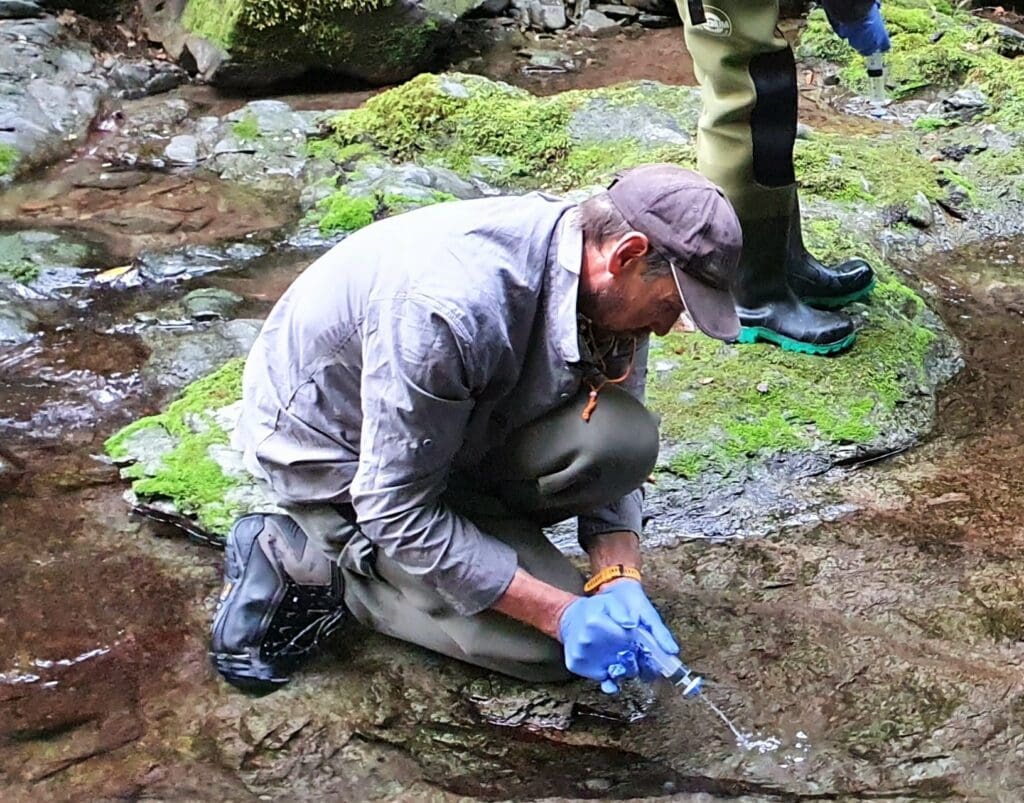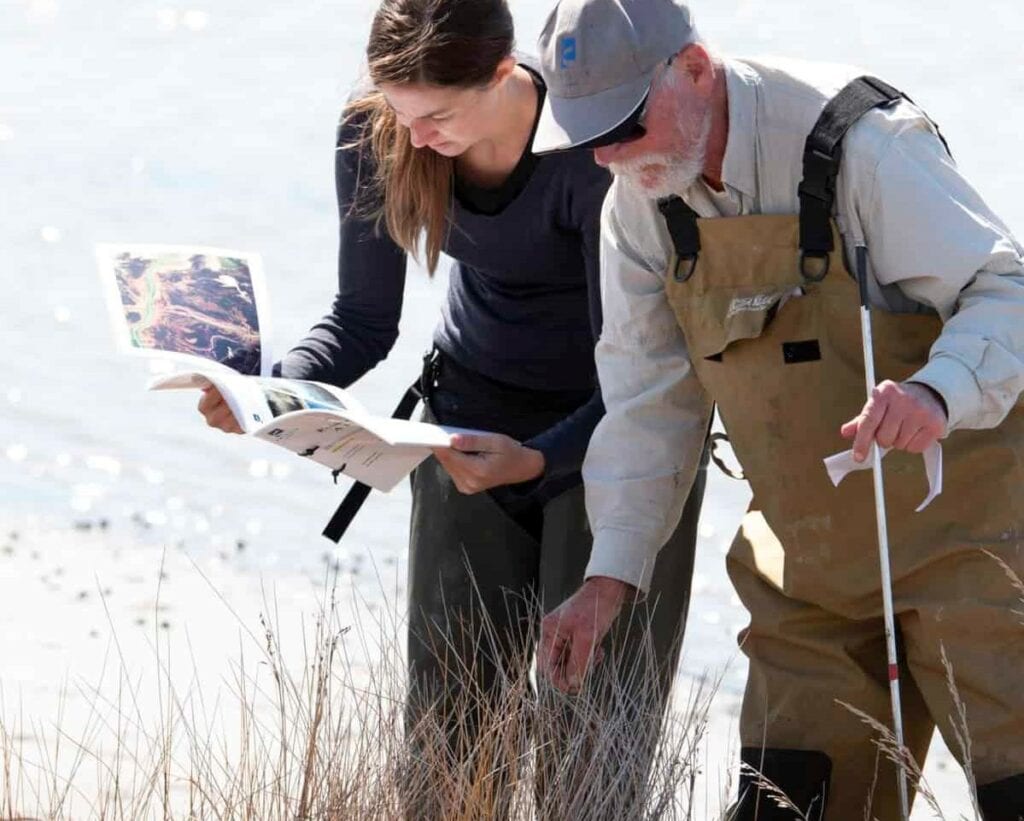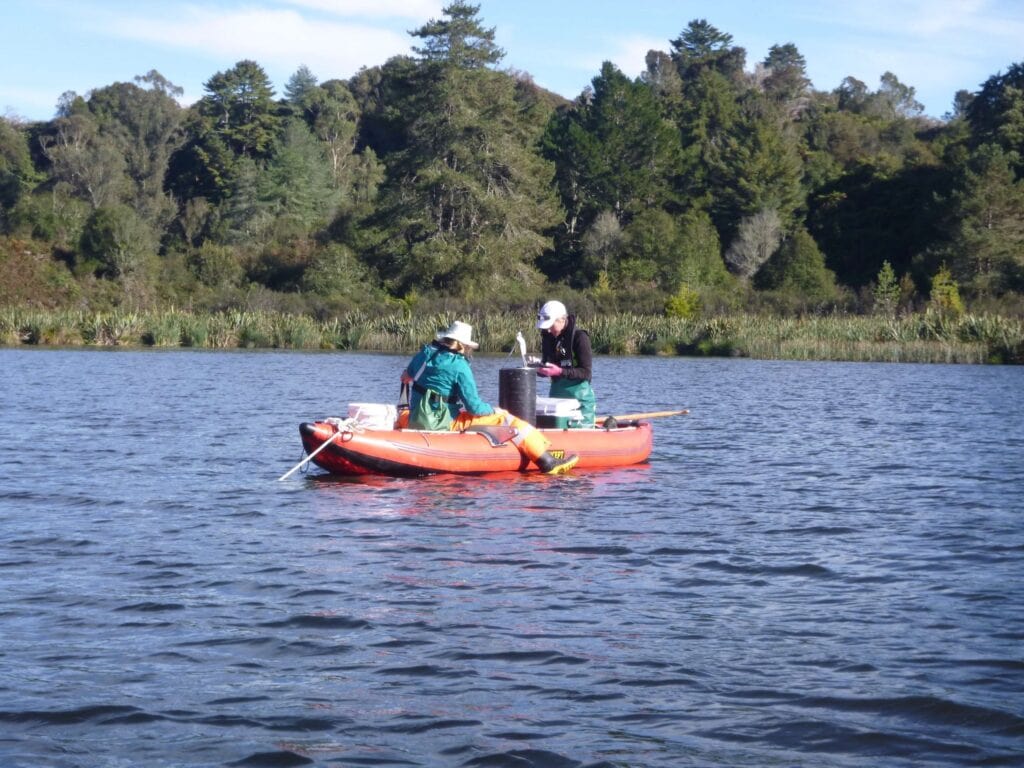Biodiversity Assessment
The application of eDNA technologies can help us understand, monitor and manage Aotearoa New Zealand’s aquatic environments.

eDNA for Biodiversity Studies
With eDNA we can monitor the community composition of microbes, plants, and animals.
Community Composition
Metabarcoding is a cutting-edge scientific technique used to study biodiversity. Environmental samples are collected and analysed to figure out which species are present in an area. It's like reading a genetic barcode left by animals and plants to uncover the biodiversity in ecosystems.
eDNA allows for a comprehensive and non-invasive assessment of biodiversity in aquatic ecosystems. It is valuable for monitoring changes in ecosystems over time and assessing the impact of human activities, such as pollution, habitat degradation, or the introduction of invasive species.
However, eDNA metabarcoding does have limitations. Consult with us for advice and guidence on your projects.
Metabarcoding Considerations
Cawthron scientists can work with you to carry out robust biodiversity assessments. In some cases integrating multiple techniques, including traditional methods, can provide a more holistic understanding of aquatic ecosystems, validate eDNA results, and ensure accurate assessments.
Some considerations for metabarcoding Include:
Reference Databases: Cawthron has many years experience in developing high quality reference databases. The accuracy of eDNA metabarcoding depends on the quality and completeness of reference databases. Unknown or poorly characterised species may be challenging to identify.
DNA Degradation: Cawthron can offer advice and help with sampling strategies. This is important because environmental DNA can degrade over time, which may make it difficult to determine the timing of species presence or absence accurately.
Detection Limits: In some cases specific tests may be preferable to metabarcoding depending on abundance and DNA shedding rates etc.
False Positives: Contamination of samples with DNA from outside sources (e.g. fieldwork equipment or other samples) can lead to false-positive results. Cawthron can help you with advice on sampling protocols.
Learn more about our biodiversity assessment services in:
Lake Sediments
On our Lake Health page you can learn about how the SBTI tool was developed to apply metabarcoding to the assessment of lake health.
Coastal Sediments
On our Finfish Aquaculture page you can learn about how the b-MBI tool was developed for measuring organic pollution levels in coastal benthic sediments.




